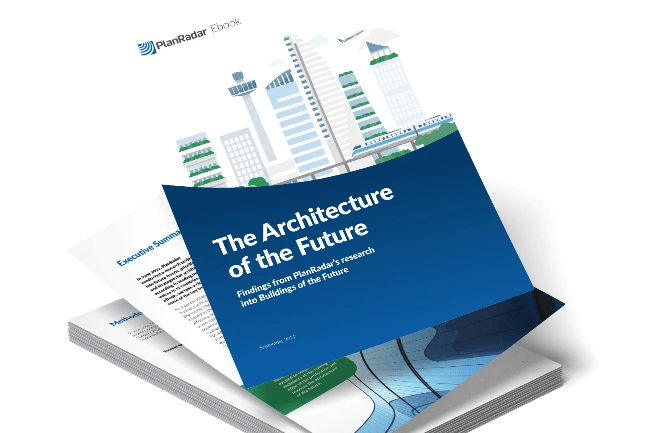We are pleased to share the following findings of a research project conducted in June 2022 by PlanRadar into future trends, priorities and strategies for architecture according to leading industry voices in 12 countries. This piece, directly from PlanRadar, outlines its findings.
Building design is heavily influenced by local conditions. Architects have always been constrained by what materials are available locally, people’s tastes, unique needs, and climatic conditions.
In our globalised era, many of the materials used in buildings, and the trends affecting architecture, are increasingly universal. For example, buildings in practically every country today rely heavily on materials like steel and concrete, whereas in the past local materials like bamboo, stone, clay or even ice dominated. In the same way, architects everywhere are responding to global challenges – particularly climate change and rising temperatures.
Yet differences between countries persist. Looking at climate change again, its impacts will be felt differently across the planet – and therefore affect architecture in unique, localised ways. Architects in the Arabian Gulf, for instance, will need to design for extreme heat, while those in western Europe will need to build for the threat of flash floods.
Understanding the future of architecture
As a construction software business with customers around the world, PlanRadar has a keen interest in the global trends affecting architecture. To understand how architects in the countries we work in are adapting to change and planning for the future, we decided to conduct in-depth research to learn what experts predict architecture in their countries will look like in the coming decades.
To ascertain this information, we reviewed predictions, regulations and analyses about the future of architecture in 12 countries. We sourced publicly available data from experts, independent institutes, professional associations and government bodies to understand their priorities, ambitions and strategies. The countries we chose to focus on were: the US, the UK, Germany, Austria, France, Spain, Czechia, Slovakia, Hungary, Italy, the UAE, and Poland.
This exercise has revealed several fascinating trends. In this introductory blog, we provide an overview of our key findings about what experts believe the future of architecture will look like in their respective countries. Should you wish to dig into the details further, we have produced an ebook that goes into more depth.
Why do we need a global view of the future of architecture?
Did you know that Italy is the only country where experts seriously consider ‘de-paving’ (removing asphalt) as a major trend for tomorrow’s urban design? Or that Spain is the country with the greatest taste for innovative urban development concepts, while Hungary is most sceptical? Or that, while two-thirds of countries see hemp as a building material with great potential, France is the only place that perceives flax as having a future?
By comparing what different countries are prioritising in the coming years, we can identify what kinds of trends will be felt globally, and which have a more local flavour. By conducting this international comparison, we hope to:
- Identify global trends, strategies and priorities that architects around the world share
- Identify unique and idiosyncratic goals in certain countries
- Attempt to understand the differences between countries and regions
- Analyse why countries have different visions for the future of architecture
- Share information about what different countries are doing and promote best practise
A Note on Methodology
PlanRadar’s team researched 12 countries in which the company is active, across Europe, North America and the Middle East. There is a Euro-centric bias in the countries selected since this is where most resources were available. We selected sources based on the following criteria:
- From a government-led or government-sponsored report, project, or legal requirements.
- From a report made by the Association or Chamber of Architects within this country (e.g. RIBA in the UK).
- If there is a professional association of Urban Planners, Civil Engineers, Designers, Interior Designers or Furniture Makers, these are also potential sources for certain relevant questions.
- OR from articles published within a journal or magazine owned by the Association or Chamber or Architects (e.g. RIBA Journal for the UK).
- As in 2.1 above, for certain questions, the magazines or journals of other professional bodies are also acceptable sources.
- The sources had to be as recent as possible, and date from no earlier than June 2020, so that we exclude pre-pandemic predictions. Government regulations could pre-date the pandemic, but must still be current. Sources had to specifically refer to an individual country, not to global trends.
- Where no answers were available from relevant industry bodies or their publications, other third-party sources were used. In most cases these comprised media interviews with leading members of the local association or chamber of architects. These occurrences have been marked in the full list of sources.
You can access a full list of sources here.









